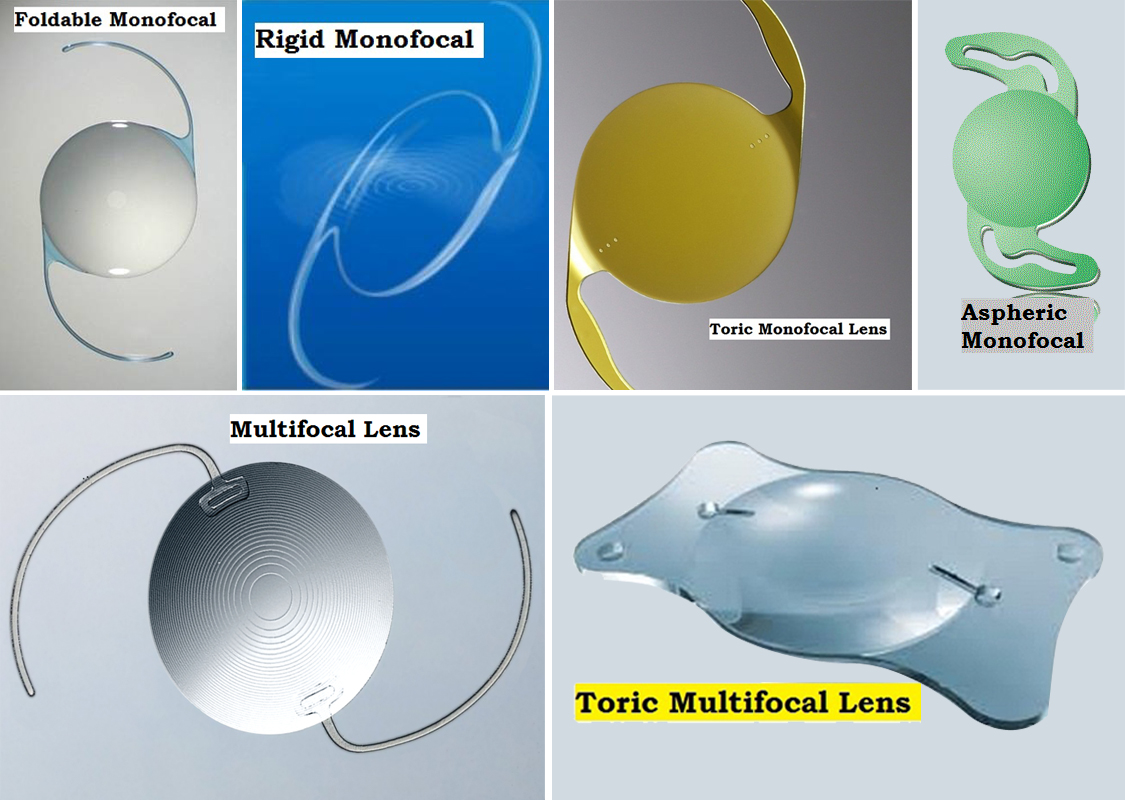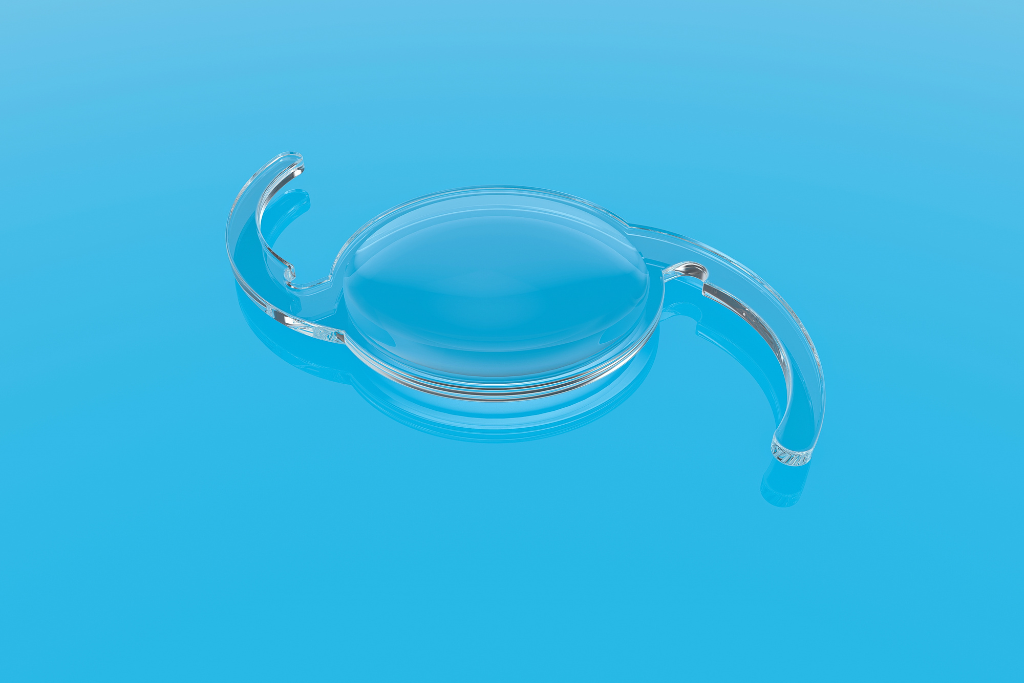What are the Different Types of Lens for Cataract Eye?
- Introduction
- Understanding Intraocular Lenses (IOLs)
- Types of Intraocular Lenses
- Conclusion
Introduction:
People who get older frequently develop cataracts, an eye ailment. One or both eyes may acquire them, and vision impairment is frequently the outcome. Fortunately, cataracts are successfully cured with surgery, which replaces your eye’s clouded natural lens with an artificial intraocular lens (IOL). IOLs come in a wide variety, each with unique benefits and things to keep in mind. Our aim is to assist you in comprehending the different kinds of lenses available for cataract surgery, so you can weigh your options and choose wisely. Before doing cataract surgery consult with best cataract surgeons in thane.
Understanding Intraocular Lenses (IOLs):
During cataract surgery, artificial lenses called intraocular lenses are inserted in the eye. They assist restore clear vision by taking the place of the natural, clouded lens in the eye. The quality of vision after surgery can be greatly impacted by the IOL selection, so it’s important to know your options. For professional assistance and individualized plans to get best cataract surgery in thane/ kalyan/ dombivli, so get in touch with us right now. Believe on Anil Eye Hospital we have best eye specialist in thane to make your journey toward better eye health clear and pain-free.

Types of Intraocular Lenses:
There are several types of IOLs, each designed to address specific vision needs and preferences. The main categories include monofocal, multifocal, accommodative, and toric lenses.
1. Monofocal Intraocular Lenses
The most often utilized lenses in best cataract surgery are monofocal IOLs. They can see well up to one distance either close, medium, or far. For near-sighted work, patients typically opt to use reading glasses and have them adjusted for distance vision.
Advantages:
- Good for distance vision.
- Usually protected by insurance.
- Less optical aberrations when compared to lenses with many foci.
Considerations:
- Require reading glasses for close-up tasks.
- Limited to one focal distance.

2. Multifocal Intraocular Lenses
With multifocal IOLs, you won’t require glasses following surgery because you can see clearly at a variety of distances. The eye can focus on both close and far things because they have several focal centers.
Advantages:
- Lessens the need for glasses for close-up and distant vision.
- Ideal for patients who lead active lives.
Considerations:
- Can result in visual anomalies like glare and halos, particularly at night.
- It could take the brain longer to adjust to the new vision.
3. Accommodative Intraocular Lenses
The eye’s natural capacity to shift focus from close to distance objects is replicated with accommodating IOLs. A spectrum of vision is made possible by these lenses, which move or change form inside the eye.
Advantages:
- Gives a more innate field of vision.
- Lessens the need for glasses for the majority of jobs.
Considerations:
- Near vision might not be as good with multifocal lenses.
- As the eye matures, the efficacy may gradually decrease.
4. Toric Lenses
Astigmatism is a frequent refractive fault that can be corrected with toric lenses, a specific kind of IOL. When the cornea or lens is shaped irregularly, it is known as astigmatism and results in blurry vision at all distances. Clear vision is achieved by the shape of toric lenses, which counteract this irregularity and eliminate the need for astigmatism-correcting glasses or contact lenses.
Advantages:
- Astigmatism is corrected.
- Increased clarity of the image.
- Decreased requirement for contact lenses or spectacles.
Consideration:
- Little more expensive.
- If presbyopia is present, reading glasses might still be necessary.
Choosing the Right Intraocular Lens
1. Lifestyle and Visual Preferences
Think about how you regularly use your vision. Multifocal or accommodating lenses may be more appropriate if you read or use a computer, for example, or engage in other activities that need clear near vision. A monofocal lens adjusted for distance can be your best option if you value having clear vision at a distance for outdoor activities or driving.2. Previous Eye Illnesses
A toric IOL can treat astigmatism, which will enhance your overall quality of vision. To choose the best lens type, patients with other eye disorders such as glaucoma or macular degeneration should speak with their ophthalmologist.3. Cost and Coverage of Insurance
Insurance often covers monofocal IOLs, but extra money may be needed for multifocal, accommodative, and toric lenses. It’s critical to comprehend the financial ramifications and talk about them with your physician and insurance company.4. Visual Disturbances
Certain IOLs, especially multifocal lenses, can produce glare or halos, which are visual disturbances that are particularly noticeable in low light. Monofocal or accommodating lenses may be preferred for patients who are sensitive to these problems.5. Surgeon’s Recommendation
The advice and experience of your ophthalmologist are very helpful in selecting the appropriate IOL. They can offer information based on the unique anatomy, condition, and vision needs of your eyes.Intraocular Lens Technology Advances:
New developments in IOL technology have brought about creative choices that provide improved flexibility and vision correction. Among these are a few of these:
1. Lenses with Extended Depth of Focus (EDOF):
By elongating the lens’s focus, EDOF IOLs offer a wider field of view than multifocal lenses, enabling uninterrupted vision from intermediate to distant distances.
Advantages:
- Decreases aberrations in vision when compared to conventional multifocal lenses.
- Enables distant and intermediate vision that is clear.
Considerations:
- For close-up tasks, reading glasses could still be necessary.
2. Intraocular Trifocal Lenses
Three unique focal positions are available with trifocal IOLs: near, midrange, and distance. At all distances, these lenses seek to offer a wider field of vision and lessen the need for spectacles.
Advantages:
- Complete correction of vision at all lengths.
- Ideal for patients who lead varied, active lifestyles.
Considerations:
- Possibility of multifocal lens-like visual disruptions.
- More expensive than standard monofocal lenses.
3. LALs, or light-adjustable lenses
LALs enable postoperative UV light changes to the lens power. With the use of this technology, post-operative vision correction can be adjusted for best outcomes.
Advantages:
- Individualized vision correction upon implantation.
- Minimizes the post-operative requirement for glasses.
Considerations:
- Need several postoperative visits in order to be adjusted.
- More expensive and scarcer.
Conclusion:
Selecting the appropriate intraocular lens for best cataract surgery is an important decision that can have a substantial impact on your quality of life. Understanding the many types of IOLs, their benefits, and considerations will allow you to make an informed decision. Consult best cataract surgeons in thane to choose the appropriate lens for your unique needs and to ensure a successful cataract surgery in thane/ kalyan/ dombivli with excellent visual results. With advances in lens technology and individualized alternatives, patients now have more options than ever for restoring good vision and improving their entire quality of life following cataract surgery.
Recent Post
Best LASIK Eye Surgery Benefits for Badlapur Residents
Best LASIK eye surgery is best for many residents of Badlapur who were fed up with glasses or uncomfortable contact lenses;…
Cataract Surgery in Thane: Expert Tips to Know
Cataract Surgery in Thane has gained people’s trust, seeking clearer vision and a better life that upgraded. Besides, through their state-of-the-art…
Advanced Eye Care with Best Glaucoma Surgery in Badlapur
Vision is one of the most important senses we have and should be prioritized when it comes to preventing. Nevertheless, some…




